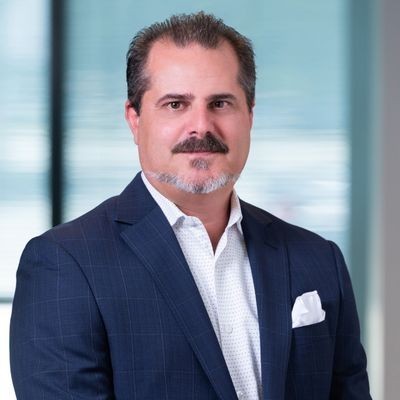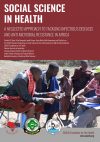Craig Caceci, Managing Director, Terebellum®, walks us through how to overcome the cost challenge of CGT development for rare, orphan and genetic therapies
3.5 million people in the UK are living with a rare condition, which is defined as one that affects less than one in every 2000. Because around 80% of these conditions are genetic in origin, they are often treated via cell and gene therapies (CGT) – CGT development is vital to these rare conditions.
The UK is also home to one of the most advanced ecosystems for CGT development in the world. As demand for these types of treatments grow, there is increased focus from the UK Government to increase R&D innovation and to improve the lives of those ultra-rare conditions, where prevalence is low and patient numbers can be in single digits. In these cases, offering patients appropriate treatment for their condition poses a huge affordability challenge for hospitals and Trusts.
These novel treatments are usually given only once and can cost anything from hundreds of thousands to millions of pounds. They also often come without data or clinical trial results, meaning they are not prioritised over treatments that could benefit a wider number of patients.
Because there is often no way to balance the exorbitant cost with the budget constraints faced by healthcare providers, many patients are prohibited from receiving potentially curative or life-altering therapies because there isn’t a way of reducing or spreading the cost.
This has a major impact on patient outcomes – particularly as 75% of genetic diseases affect children – and increases the need for longer-term treatment plans, where patients will require extended care to manage the symptoms of their condition.
So, what can be done for CGT development?
Due to the highly personalised and complex nature of ultra-rare CGT, the answer isn’t simply a case of cutting development and manufacturing costs. Rather, what’s needed is a solution for CGT development that enables expensive novel and potentially curative therapies to be brought to market with an accompanying funding arrangement that makes the cost more palatable for the payers themselves.
A way to achieve this is essentially removing the upfront barrier cost and extending the episode of care over time into more affordable sums. And innovative funding models are being made available in the UK that can make this possible.
As a route to access, drug manufacturers should be considering their market access strategies from the inception of their product, placing funding options with equal importance to obtaining data and clinical trials – our advice is always, just because there is a patient need doesn’t mean that a drug will be approved.
Even if a new drug is approved, will it get paid for?
By working with a funding partner from these early stages, manufacturers can offer payers an option that will not only help those living with rare conditions but alleviate the financial burden of the expensive therapies needed. This doesn’t mean that treatments will be mandatory – everything will remain clinician-led – but it does mean that hospitals can hold on to more working capital and/or spend such capital in other areas. This approach creates more measurable revenue for the hospital due to the time value of money in terms of retaining capital.
By working with a partner like Terebellum® who can provide alternative funding options, drug manufacturers can support NHS and private healthcare organisations with the ability to fund cell and gene therapies or other expensive treatments over an expanded period of time, enabling expensive novel and curative therapies to be brought to market so that patients of rare, orphan and complex diseases can access the treatments they need.


























